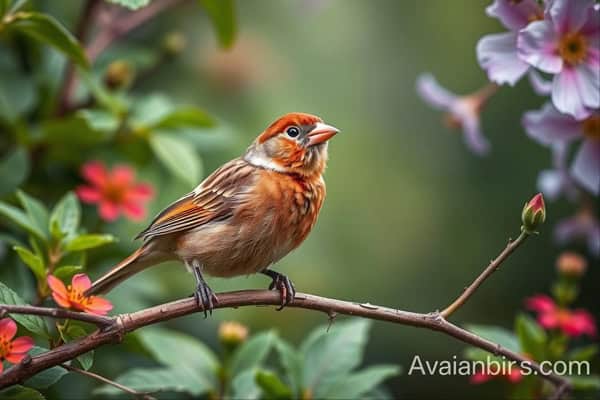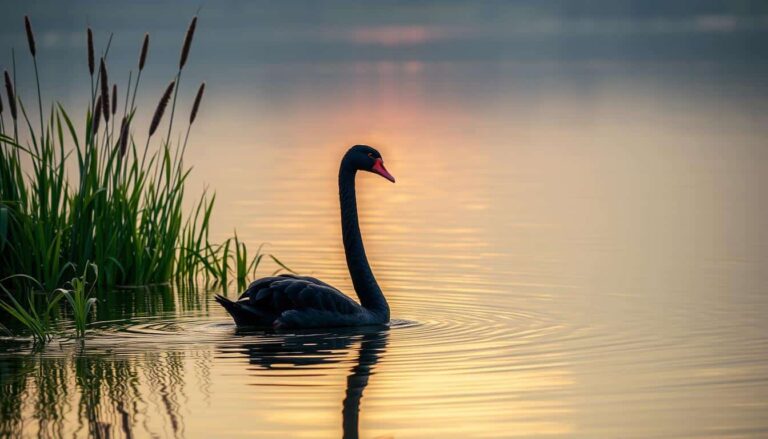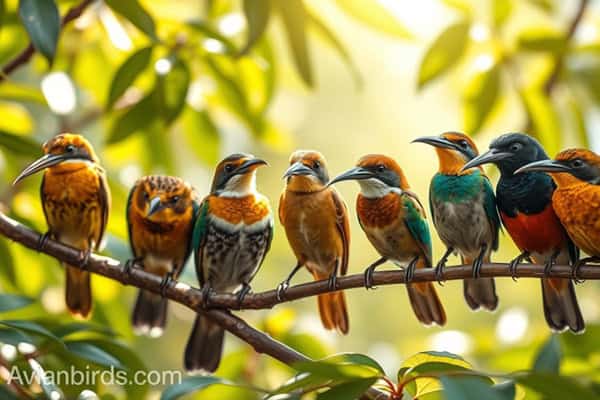Red Sparrow Bird: All You Need To Know (with Pictures)
Did you know the Red Sparrow Bird, also called the House Finch, has spread across North America? It used to live only in the West but now thrives in cities and suburbs too. This makes it a common sight among urban birds we see every day.
Birdwatchers and those who just enjoy nature love these birds. They are a pleasure to watch and listen to because of their happy songs. Seeing them in our yards makes everyday moments special, especially when they visit feeders for food. We’ll explore the bird’s characteristics, where they live, and how they act. We’ll also share tips on how to bring these lovely birds to our gardens.
To make this special feeling more lasting and personalized, you can consider customizing some small items that you can carry with you, such as Custom Embroidered Patches.
You can customize these patches into the shape of red sparrows, or incorporate your favorite bird elements into the patch design. Such custom embroidered patches are not only beautiful but can also be used for decoration and DIY, allowing you to feel the charm of birds everywhere in your daily life.
Whether you want clothing decoration or personalized gifts, custom embroidered patches can satisfy you well.

Here we’ll learn about the Red Sparrow Bird
Fun Facts:
- Adaptability: House Finches thrive in urban areas, nesting on buildings.
- Unique Songs: Male House Finches have varied and melodious songs to attract mates.
- Color Variation: Male plumage brightness depends on diet, especially carotenoid-rich foods.
- Social Birds: Common Redpolls often form large flocks, especially in winter.
- Cold Resilience: Redpolls can survive extreme winter conditions by foraging for seeds.
- Seed Specialists: Both species primarily eat seeds, aiding in seed dispersal.
- Complex Nests: House Finches build intricate nests using diverse materials, including human-made items.
Introduction to Red Sparrow Birds
We’re diving into the world of the Red Sparrow, a bird that’s a big part of the avian family. Known as the House Finch, they’re often seen in the U.S., in places like homes, parks, and farms. They were first introduced to eastern North America in the 1940s in New York. This shows how well they can adapt to new places.

The House Finch is amazing at living in different places. They’re full of energy and have bright colors, especially the males. This makes them stand out. By learning about their traits, we see how important they are to our environment. These birds add beauty to our world and help us understand the health of nature.
Identification and Characteristics
Identifying the Red Sparrow can be a fun task for bird lovers. By learning about their looks and color changes, we get better at spotting them. This info helps us tell the Red Sparrow apart from the House Finch. Let’s explore their unique traits.
Physical Appearance
The Red Sparrow stands out with its size and looks. Males flash bright red to orange on their heads, breasts, and rumps. Females look more subdued with a brown and streaked look. A big grayish beak makes them easy to spot from afar. This beak shape hints at their eating habits.
Color Variations and Maturity
The Red Sparrow’s color changes with their diet during molting. Males can show colors from bright red to yellow, thanks to their food. Female Red Sparrows pick males with deeper red for mates, showing they want healthy offspring. This shows how food affects their looks.
Distinctive Features Compared to Other Sparrows
When identifying House Finches, it’s key to see how the Red Sparrow differs. Unlike the House Sparrow with its gray head and black or yellow bill, the Red Sparrow has a big beak and bright feathers. House Sparrows have darker, more mottled feathers. Knowing these differences helps us spot these birds more easily.
| Feature | Red Sparrow | House Sparrow |
|---|---|---|
| Color | Bright red to orange (males), brown-streaked (females) | Grayish with dark streaks |
| Beak Shape | Thick and conical | Thinner, often black or yellow |
| Maturity Indicator | Deeper red hues attract mates | Less variation in male coloring |
| Common Locations | Suburban areas and gardens | Urban and rural settings |
Habitat and Distribution
The Red Sparrow is a bird that easily adapts to many environments. It thrives in urban and suburban areas. By looking at where these birds live and how they adjust to city life, we learn about their success near humans.
Common Locations in the United States
Red Sparrows live where people are around a lot. They like to be in:
- Parks
- Residential neighborhoods
- Open fields
- Farmlands
These birds make up for their natural habitats by eating food left by humans. Yards with birdseed and scraps in parks help their numbers grow. This shows how Red Sparrows and humans live together.
Adaptations to Urban Environments
Red Sparrows have adapted well to city life. They use buildings and other structures for homes. They also find food scraps left by people. This helps them survive in busy places.
- Utilizing rooftops and ledges for nesting
- Foraging in gardens and parks
- Forming large flocks for feeding
Living together in large groups helps Red Sparrows. It makes them work together when finding food and nesting. Their success in cities shows how wildlife and human development can coexist.
| Aspect | Red Sparrow | House Finch |
|---|---|---|
| Preferred Habitat | Urban and suburban areas | Urban areas, open country |
| Nesting Sites | Buildings, shrubs | Buildings, trees |
| Feeding Habits | Seeds, scraps from humans | Seeds, fruits, flowers |
| Social Behavior | Gregarious, community-oriented | Gregarious, more solitary |
Red Sparrows are adaptable birds that do well in our cities and suburbs. They are a common and loved sight among city birds.
Behavior and Diet
Red Sparrows mainly eat plants, preferring seeds and fruits. They love small, black oil sunflower seeds. These seeds help their babies grow strong and healthy.
Unlike some birds, Red Sparrows only give their young plant-based food. This makes them different from birds like the House Finch, which eats a variety of foods.
Red Sparrows live in groups and work together to find food and stay safe. Being in a group helps them talk and work together. In spring, males sing and show off to find mates and show their place in the group.
These birds have a complex social life that helps them survive. Living together helps them communicate and stay safe. This social life is key to their survival and makes them interesting to study.
Read More🐦Related Articles:
| Small Brown Birds In Florida |
| Hawks in San Diego |
| Doves (Pigeons) In Arkansas |
| Hummingbirds in Missouri |
| Swan Spiritual Meaning |
FAQ’s
Q1. What is a red sparrow bird?
A red sparrow is a small bird known for its reddish plumage, often referring to species like the House Sparrow or the American Tree Sparrow with distinctive red tones.
Q2. What’s the difference between a red and a sparrow?
A “red sparrow” refers to a specific bird with reddish feathers, while “sparrow” is a general term for a diverse group of small, typically brownish or grayish birds in the family Passeridae.
Q3. Is a sparrow rare?
Sparrows are not generally considered rare; many species are widespread, though some may be more localized or endangered.
Q4. Is a sparrow a lucky bird?
In various cultures, sparrows are often seen as symbols of good fortune or positivity, though interpretations of luck can vary.







